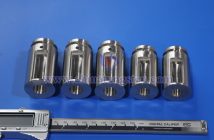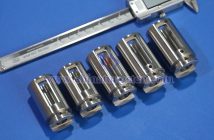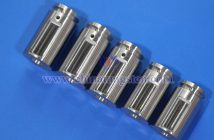Tungsten alloy shielding can is a specialized protective container designed with high-density alloy materials to isolate and attenuate the radiation energy emitted by radioactive substances. It is widely used in nuclear energy, medical, and research fields. Its core value lies in the synergistic optimization of material properties and structural design, achieving efficient shielding of high-energy particles such as X-rays, gamma rays, and neutrons, while also ensuring operational safety, environmental adaptability, and long-term stability.
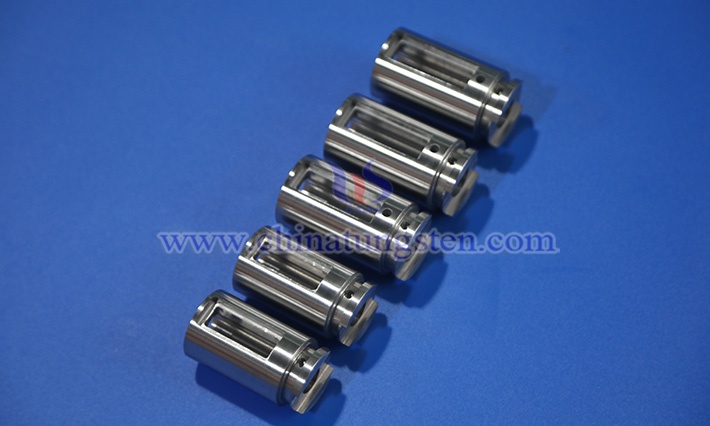
The tungsten alloy shielding can is made with tungsten as the base metal, combined with metals like nickel and iron. Tungsten's high atomic number and electron density provide a natural advantage in attenuating ionizing radiation—when radiation particles pass through the material, the dense electron cloud absorbs energy through mechanisms like the photoelectric effect and compton scattering, thereby reducing radiation intensity.
Compared to traditional lead shielding materials, tungsten alloy offers higher density and the following characteristics: Non-toxic and environmentally friendly: Tungsten alloy is non-toxic and non-radioactive, causing minimal environmental pollution during production, use, and disposal, meeting the modern industry's stringent demand for green materials. Heat and corrosion resistance: Tungsten's high melting point allows the shielding can to maintain structural integrity in high-temperature radiation fields; its excellent corrosion resistance also enables it to withstand harsh environments like acids, alkalis, and salt spray, extending the equipment's service life.
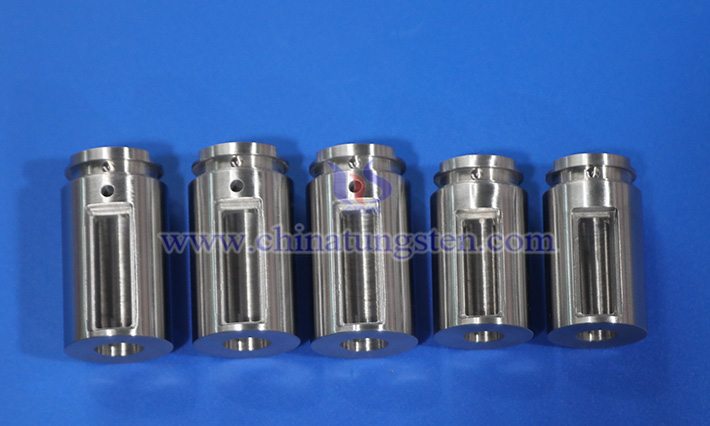
The application scenarios of tungsten alloy shielding cans rely on their radiation shielding capabilities and structural reliability. In nuclear power plant operations and decommissioning, they are used to temporarily store highly radioactive waste. In the medical field, the preparation and transportation of radioactive drugs require limiting radiation exposure, and shielding cans meet clinical needs through customized designs. In high-energy physics experiments, such as particle accelerators and isotope production, they protect personnel and equipment from secondary radiation damage.

